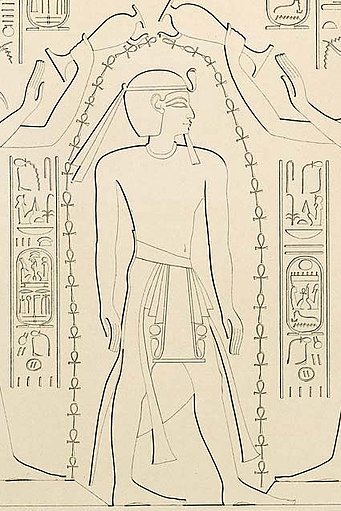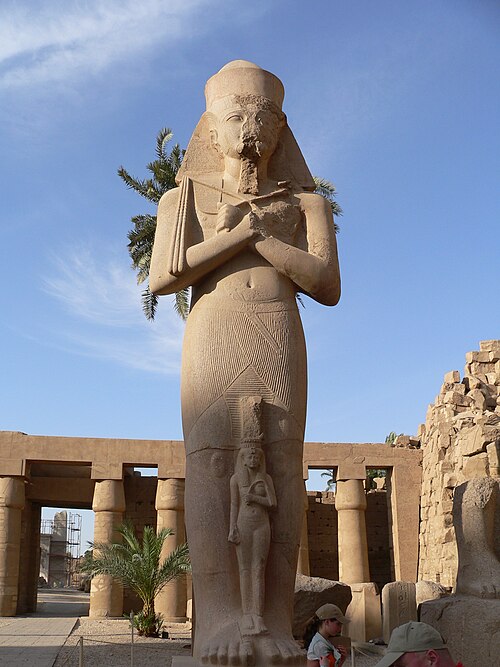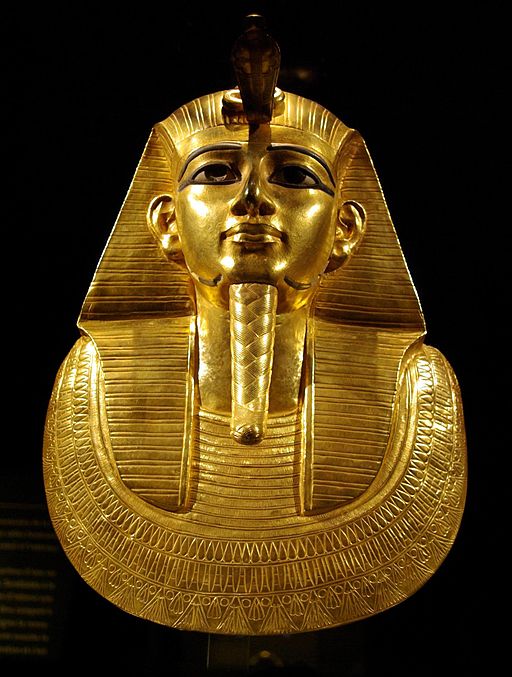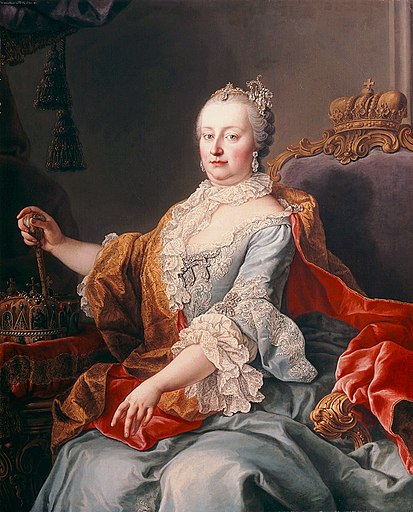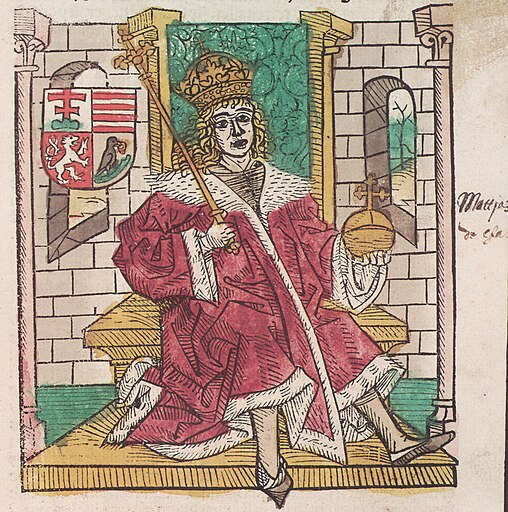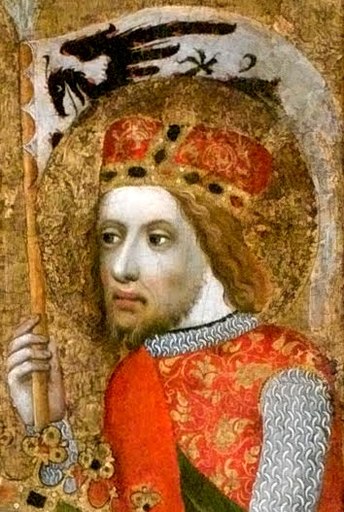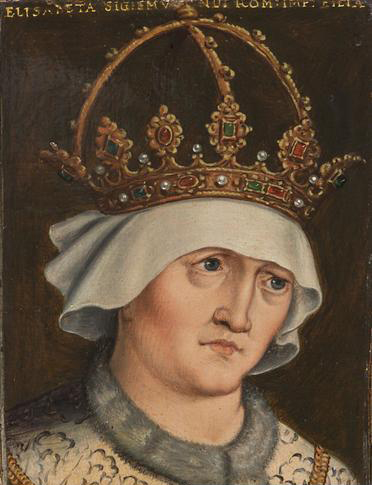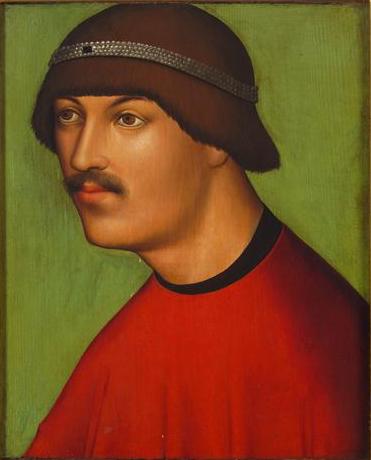Duathathor-Henuttawy
Panovník
Duathathor-Henuttawy, Henuttawy či Hentawwy "Uctívačka Hathor; Paní Obou zemí") byla staroegyptská princezna, která se později stala královnou. Wikipedia
- Dynastie20. dynastie
Lidé také hledají
Duathathor-Henuttawy - Wikipedia
Duathathor-Henuttawy, Henuttawy or Henttawy ("Adorer of Hathor; Mistress of the Two Lands") was an ancient Egyptian princess and later queen.
Duathathor-Henuttawy | Mummipedia Wiki | Fandom
Před 11 měsíciDuathathor-Henuttawy was the daughter of Ramesses XI. She was born a princess and later anointed a queen. Her mummy and coffins were found in the Deir el-Bahri(DB320) royal cache along with those of several members of her immediate family.
Pinodžem I. – Wikipedie
Od roku 1070 př. n. l. do roku 1032 př. n. l. byl veleknězem Amona ve Vesetu a v podstatě vládce Horního Egypta od roku 1054 př. n. l. Byl synem Amonova velekněze Piankha.
Henuttawy - Wikipedia
Henuttawy (or Henttawy, Henuttaui) (ḥnw.t-t3.wỉ, “Mistress of the Two Lands [=Egypt]”, from ḥnw.t, 'mistress' and t3.wỉ, dual for t3, 'land') is the name of several royal ladies from Ancient Egypt.
Category:Egyptian Mummies | Mummipedia Wiki | Fandom
The practice of mummifying the dead began in ancient Egypt c. 3500 BC; it may be surmised that the the practice could have been suggested by how well corpses were preserved naturally in the arid sands of the country prior to this date.
Henuttawy (princess) - Wikipedia
Henuttawy B (“Lady of the Two Lands”) was an ancient Egyptian princess of the 21st Dynasty. Her father was Pinedjem I, High Priest of Amun and de facto ruler of Southern Egypt, her mother was Duathathor-Henuttawy, a daughter of Ramesses XI.
About: Amon
Άμμων – Hammón, do češtiny méně často přepisováno podle jinojazyčných verzí odvozených z koptštiny jako Amun), po svém ztotožnění se slunečním bohem Reem označovaný také jako Amon-Re (přepisováno také jako Amenre, Amunre apod.), je významný…
Pinedjem I - Wikipedia
Pinedjem I (died 1032 BC) was ruler of Southern Egypt as the High Priest of Amun at Thebes in Ancient Egypt from 1070 to 1055 BC, and nominal pharaoh alongside Smendes from 1054 to 1032 BC. [1 ] He was the son of the High Priest Piankh.
odkazuje na služby nejen od Seznam.cz.
© 1996–2025 Seznam.cz, a.s.


